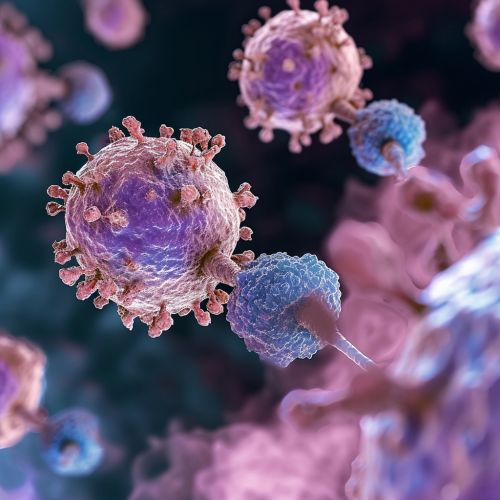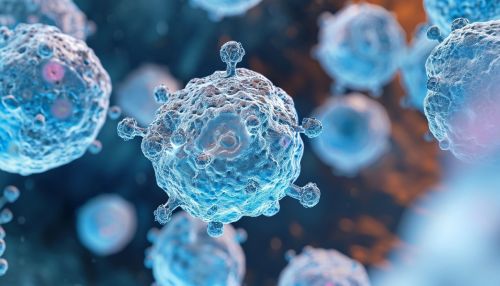Immunodeficiency
Overview
Immunodeficiency refers to the inability of the immune system to adequately protect the body from infection, leading to an increased susceptibility to various diseases. This condition can be either primary, as a result of genetic defects, or secondary, as a result of external factors such as infection, malnutrition or medical treatment. Immunodeficiency disorders disrupt the body's ability to defend itself against bacteria, viruses, and other pathogens, leading to recurrent and often life-threatening infections.
Primary Immunodeficiency
Primary immunodeficiency disorders (PIDs) are a group of more than 400 rare, chronic disorders in which part of the body's immune system is missing or functions improperly. These are typically present from birth and are caused by genetic defects. Some PIDs are mild and may not be diagnosed until later in life, while others are severe and can be identified in infancy.
Types of Primary Immunodeficiency
There are several types of primary immunodeficiency disorders, each affecting a different component of the immune system. These include:
- Severe Combined Immunodeficiency (SCID): This is a severe disorder that affects both T cells and B cells. Infants with SCID appear healthy at birth but are highly susceptible to severe infections. Without treatment, SCID is usually fatal within the first year of life.
- Common Variable Immunodeficiency (CVID): This disorder primarily affects B cells, leading to low levels of serum immunoglobulins and antibodies. Individuals with CVID have an increased susceptibility to bacterial and viral infections.
- X-linked Agammaglobulinemia (XLA): This is a condition that affects B cells and is characterized by the absence of immunoglobulins in the blood. Individuals with XLA are particularly susceptible to bacterial and viral infections.
- DiGeorge Syndrome: This disorder is caused by a defect in the 22nd chromosome and affects T cell production. Symptoms can include heart defects, poor immune system function, and endocrine abnormalities.


Secondary Immunodeficiency
Secondary immunodeficiency is more common than primary immunodeficiency. It is not caused by genetic defects but rather by external factors that affect the immune system. These can include malnutrition, aging, certain infections (such as HIV), and medical treatments (such as chemotherapy or immunosuppressive drugs).
HIV/AIDS
HIV/AIDS is one of the most well-known secondary immunodeficiencies. The human immunodeficiency virus (HIV) attacks the immune system, specifically the CD4 T cells. As the number of these cells decreases, the body becomes more susceptible to infections and diseases, leading to the acquired immunodeficiency syndrome (AIDS).
Immunodeficiency due to Medical Treatments
Certain medical treatments can also lead to secondary immunodeficiency. For example, chemotherapy drugs used to treat cancer can damage the bone marrow, where immune cells are produced. Similarly, immunosuppressive drugs used to prevent organ transplant rejection can also weaken the immune system.
Diagnosis and Treatment
The diagnosis of immunodeficiency often involves blood tests to check the number and function of immune cells. Genetic testing may also be performed in cases of suspected primary immunodeficiency.
Treatment for immunodeficiency depends on the type and severity of the condition. For primary immunodeficiencies, treatments may include immunoglobulin replacement therapy, antibiotics to prevent infections, and in severe cases, bone marrow transplant. For secondary immunodeficiencies, treatment often involves addressing the underlying cause, such as treating the infection or adjusting the dose of the immunosuppressive drugs.
